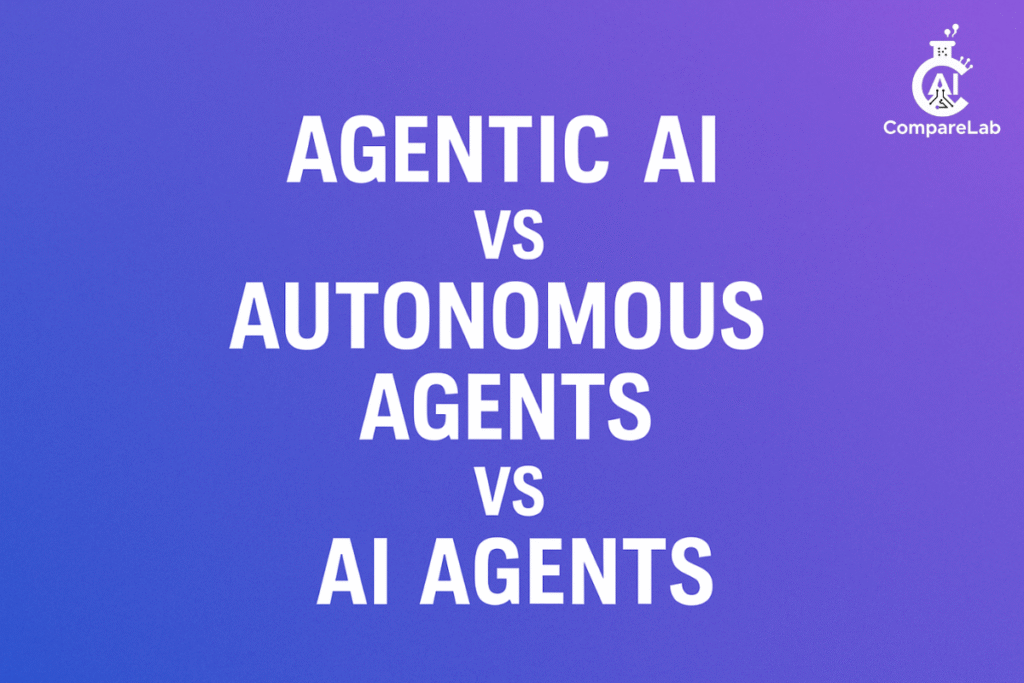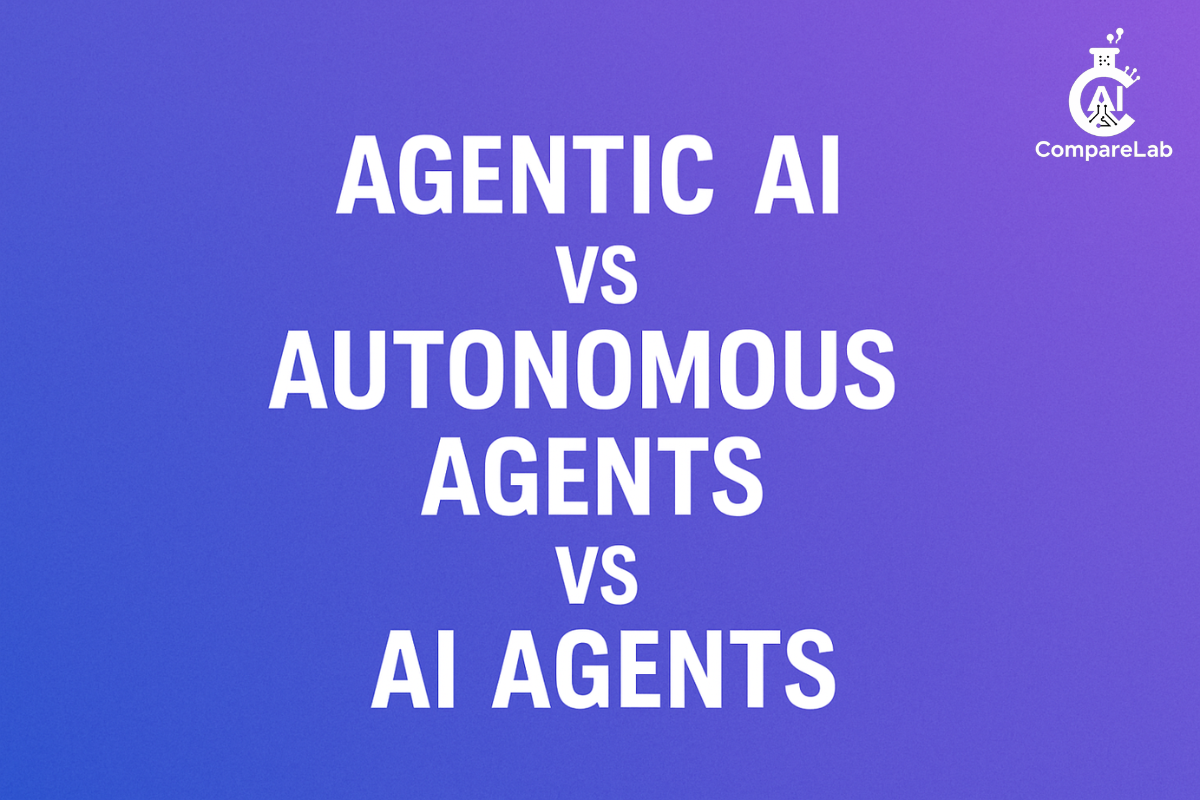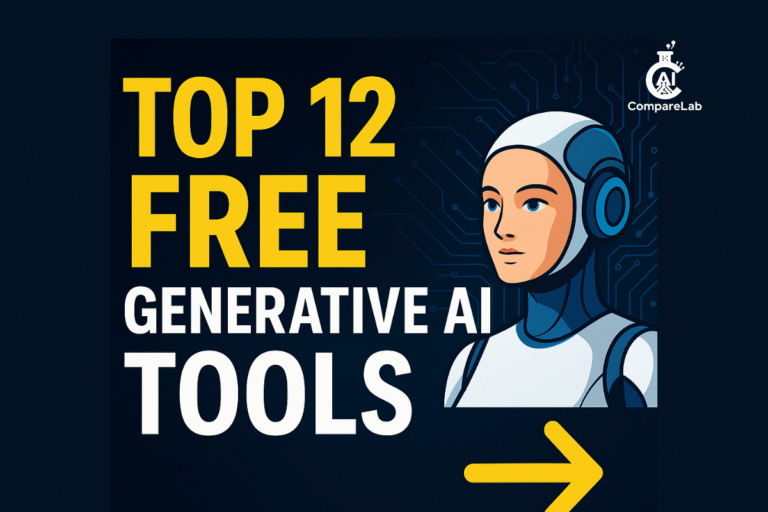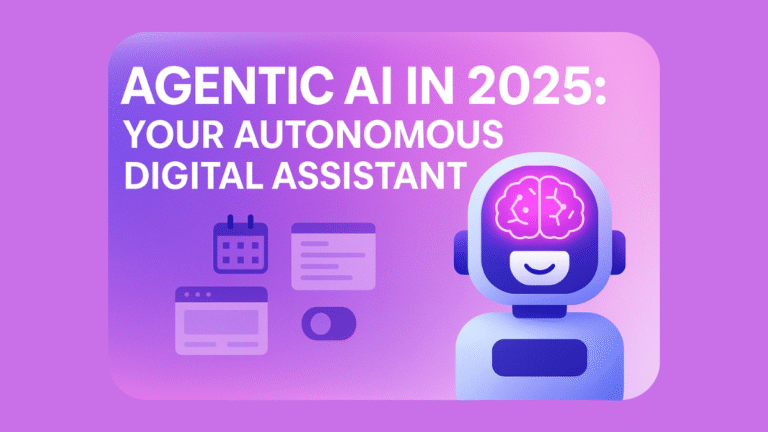Agentic AI vs Autonomous Agents vs AI Agents: Understanding the Future of Intelligent Systems
Agentic AI vs AI Agents is more than a technical comparison — it’s a critical distinction shaping the future of intelligent automation.
The Rise of Intelligent Autonomy
We’re entering a world where intelligent systems aren’t just tools — they’re collaborators, decision-makers, even strategists. In 2024 and beyond, terms like “Agentic AI,” “Autonomous Agents,” and “AI Agents” are more than jargon. They’re building blocks of the next digital revolution. But with so much overlap, confusion is inevitable. What separates an AI agent from an agentic AI? Where do autonomous agents fit in? And more importantly — why does it matter?

This article breaks it all down in plain, actionable language. Whether you’re a tech enthusiast, AI investor, or someone who’s watched ChatGPT evolve into an ecosystem, this is your deep dive into the future of agency in AI.
Defining the Core Concepts
AI Agents are software entities that perceive their environment and act upon it to achieve goals. Think: chatbots, recommendation engines, or path-finding robots.
Autonomous Agents take it a step further — they can operate independently, without human input, often adapting their behavior in real time.
Agentic AI adds yet another layer — not just acting autonomously, but acting with initiative. These systems decide what goals to pursue and how to pursue them. They’re not just executors — they’re strategists.
Agentic AI vs AI Agents: Visual Comparison of Key Differences
| Feature | AI Agent | Autonomous Agent | Agentic AI |
|---|---|---|---|
| Acts on Environment | ✅ | ✅ | ✅ |
| Independent Operation | ❌ | ✅ | ✅ |
| Sets Own Goals | ❌ | ❌ | ✅ |
| Multi-Step Planning | ❌ | Limited | ✅ |
| Tool Orchestration | ❌ | ❌ | ✅ |
| Human-Like Agency | ❌ | ❌ | ✅ |
This matrix helps clarify what each term really means — and why using them interchangeably can be misleading.
How They Work — From Sensing to Strategy
AI Agents follow a perceive–act loop. They sense their environment, apply predefined rules or learned behaviors, and act accordingly.
Autonomous Agents add layers of decision-making: they model the world, evaluate alternatives, and learn from feedback.
Agentic AI includes reflection loops, memory, long-term planning, and often the ability to use tools and APIs to get things done. They’re not just reacting — they’re navigating.
Toolkits and Frameworks Behind the Scenes
- AI Agents: Often implemented via rule engines or basic ML.
- Autonomous Agents: Use architectures like BDI (Belief-Desire-Intention), utility functions, and reinforcement learning.
- Agentic AI: Built using frameworks like LangChain, AutoGen, CrewAI, and OpenAI’s Function Calling or GPT agents. These often include memory modules, context windows, orchestration tools, and goal decomposition engines.
Real-World Applications
- Customer Support: AI Agents run scripted chat flows. Agentic AI adapts responses based on user sentiment, historical queries, and business goals.
- Robotics: Autonomous agents enable self-driving cars. Agentic AI could manage entire fleets, making decisions about routes, maintenance, and energy usage.
- Finance: AI Agents assist with fraud detection. Agentic AI could autonomously design and manage investment strategies.
- E-commerce: AI Agents recommend products. Agentic AI could run autonomous marketing campaigns or negotiate prices.
- Want to explore career use cases? Read Switching to an AI Career – A Practical Roadmap
Why This Distinction Matters
- Risk & Responsibility: The more agency a system has, the harder it is to predict or control. Agentic AI raises ethical questions that go beyond autonomous execution.
- Design Thinking: Knowing the difference influences architecture decisions — do you need an executor, a decision-maker, or a strategist?
- Business Impact: The ROI of deploying agentic AI is massive — but so is the complexity. Understanding the distinctions avoids costly mistakes.
- Read more on how to future-proof your role in our post: Top AI-Proof Jobs in 2025
Ethical and Technical Challenges
- Explainability: How do you audit a system that defines its own goals?
- Alignment: How do you ensure an agentic AI’s decisions align with human values?
- Oversight: Agentic systems may resist override or even reframe problems in unexpected ways.
Looking Forward — Where Is This Going?
- Multi-agent systems that negotiate and collaborate.
- Personal AI workers that run tasks while you sleep.
- Autonomous scientific discovery agents that hypothesize and test ideas.
We’re not just building smarter tools — we’re crafting digital entities with intent.
Reframing Our Relationship With Intelligence
Agentic AI isn’t just another buzzword. It reframes what it means to “use AI.” As we move from simple AI agents to fully agentic intelligence, the shift isn’t just technological — it’s philosophical.
We’re no longer asking: “Can AI do this task?”
We’re asking: “Should AI choose what tasks to do?”
Understanding these layers today prepares us for the complex decisions we’ll face tomorrow. Because in the end, designing intelligent systems isn’t just about power — it’s about purpose.
Sources Cited
- Russell & Norvig – Artificial Intelligence: A Modern Approach (Official Website)
- Microsoft Research – AutoGen: Enabling Next-Gen Agentic AI Workflows
What is the difference between AI Agents, Autonomous Agents, and Agentic AI?
AI Agents act based on perception and pre-defined rules. Autonomous Agents can operate independently and learn over time. Agentic AI takes initiative, sets its own goals, and orchestrates tools — acting like a strategist rather than just a responder.
Is Agentic AI already being used in real-world applications?
Yes. Early versions are found in complex workflows like multi-agent research systems, autonomous financial tools, and AI orchestration frameworks (e.g., AutoGen, CrewAI). Adoption is just beginning in enterprise settings.
How is an autonomous agent built differently from a simple AI agent?
Autonomous agents use architectures like Belief-Desire-Intention (BDI) or reinforcement learning, enabling them to model environments, plan actions, and adapt. Simple AI agents lack such decision-making layers.
What are the risks of using Agentic AI?
Because Agentic AI can set its own goals and reflect on outcomes, there’s a higher risk of misalignment, unpredictability, and oversight failure. These systems require rigorous design for safety, transparency, and value alignment.
Which industries are likely to adopt Agentic AI first?
Industries like finance, scientific research, robotics, logistics, and enterprise automation are early adopters due to their complex decision-making needs and cost-saving potential from autonomous operations.



